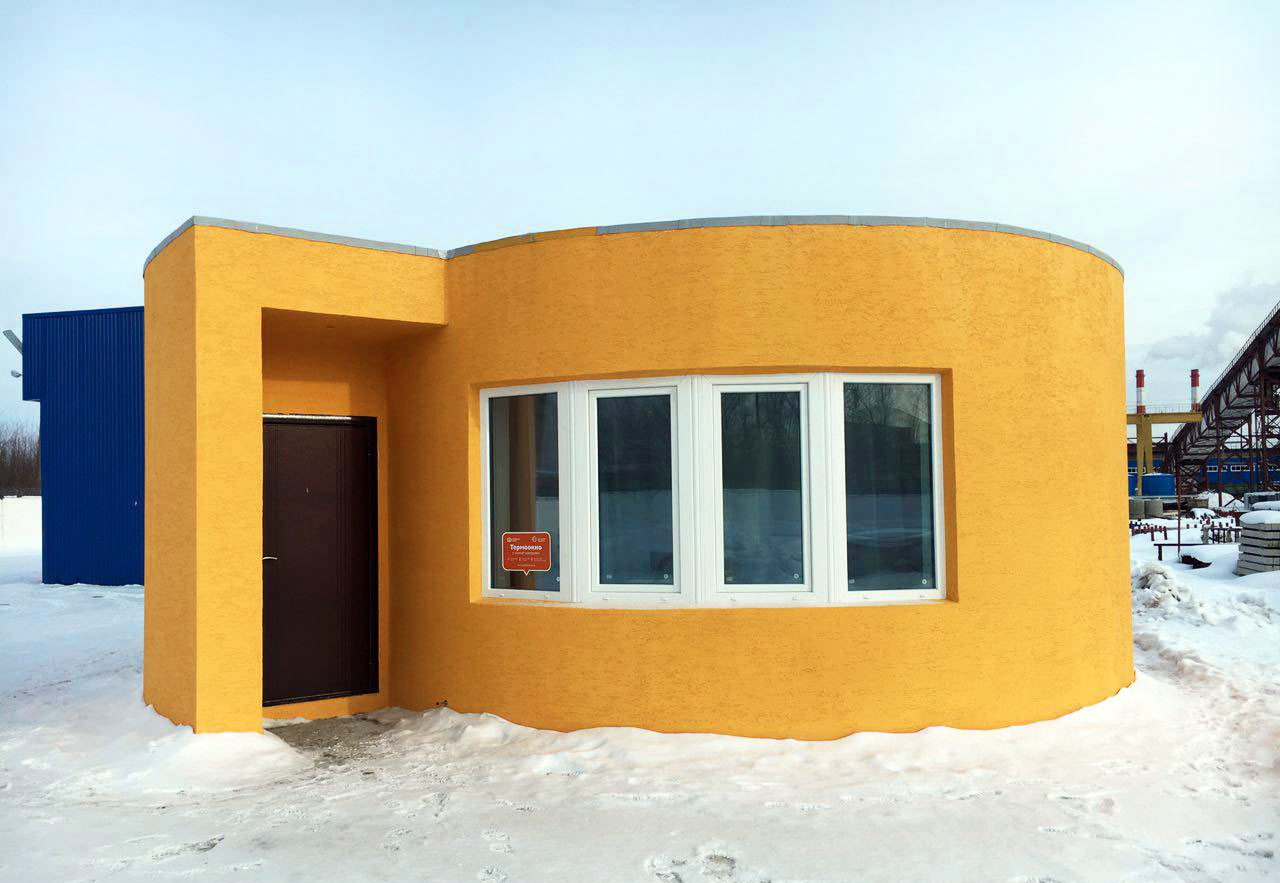Concrete bridges and homes, 3-D printed by robots, could signal a major change for the construction industry.
3-D printing technology, also known as additive printing, is making inroads in the construction industry, even for heavy-duty jobs like concrete construction.
Some of the earliest work with 3-D printed concrete dates back to 2006, when Behrokh Khoshnevis of the University of Southern California introduced a giant 3-D printer that could print concrete buildings in place. Since then, university researchers and private companies have continued to explore the possibilities of combining 3-D printing with concrete.
One recent example of a finished product is a 26-foot 3-D printed concrete bridge for bicycles in the Netherlands. Researchers at Eindhoven University of Technology worked with Dutch construction company BAM Infra to develop a process that incorporates steel reinforcement cable — the equivalent of steel mesh reinforcement — into robot-printed, 11.5-foot-wide concrete sections.
The team produced the five bridge sections at the Eindhoven, using a specially designed 3-D cement printer that extrudes liquefied mortar in 0.4-inch thick layers. The reinforcing steel wire is fed through the printer head between layers. The bridge sections were transported to the site and joined to produce a structure that can carry 5 tons and should last 30 years or more.
According to the University, their 3-D printing technique uses much less concrete than conventional concrete construction, where allowances for losses during construction can result in wasted material. Less concrete produced means less CO2 emissions. Robotic printing is faster because there’s no need to construct or dismantle concrete molds, and it provides greater design flexibility since the operators can configure the robots to produce any desired shape.
The University researchers are using what they’ve learned on this small bridge to begin construction of larger concrete structures, including five homes. But they won’t be the first to produce a concrete printed housing. Concrete wall structures and other house elements have already been 3-D printed by companies such as WinSun In China and DUS Architects in the Netherlands.
In December 2016, Apis Cor printed a 409-square-foot home at its test facility in Stupino, Russia. This structure is unique because Apis Cor used a portable 3-D concrete printer at the site rather than building wall sections at a factory location. At Stupino, the robotic printer, moving through 360 degrees, printed the entire building envelope, including walls and partitions, around itself. The printing process took about 24 hours. Once the shell was complete, a crane lifted the printer out of the building.

Apis Cor says that its 3-D, on-site printing process saves both time and money. Comparing a 1-square-meter wall structure of aerated blocks with a printed structure of the same size, it claimed that the machine-constructed wall could be built up to six times faster at a cost 2.8 times less than traditional construction.
Meanwhile, construction giant Skanska is working with the Manufacturing Technology Centre at Loughborough University in England to develop its own 3-D concrete printing technology. The main focus of its research is the robotic delivery system, including the concrete mix and the programming needed to convert 3-D digital drawings into robotic language.
In the future, 3-D printed concrete buildings could become a fixture at natural disaster sites, quickly providing emergency housing for stricken areas. The technology may literally become out of this world, as MIT researchers imagine the possibility of using their system to build homes for colonists on Mars.
Freelance writer Mary Lou Jay writes about business and technical developments in a variety of industries. She has been covering residential and commercial construction for more than 25 years.
Top Image Credit: BAM Infra
Middle Image Credit: Apis Cor


